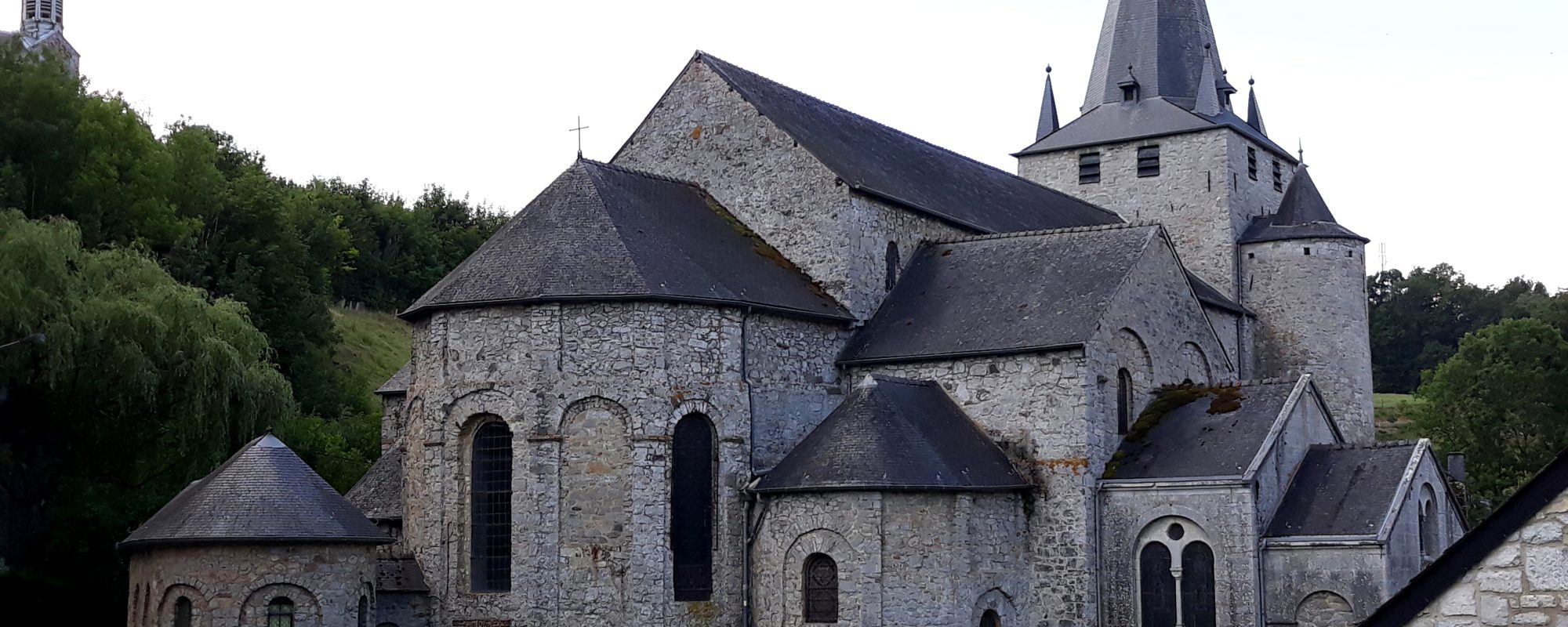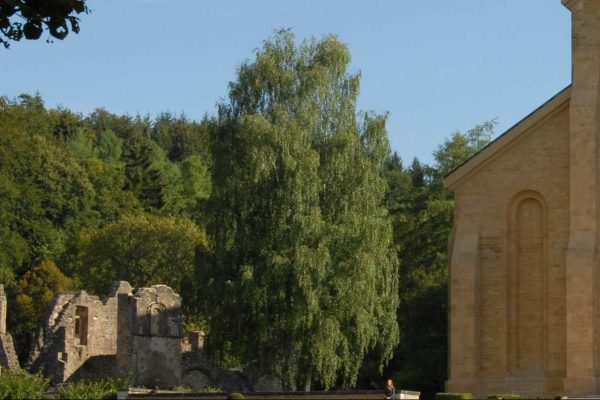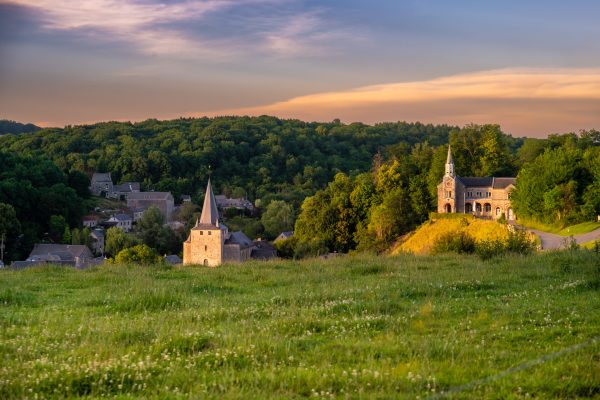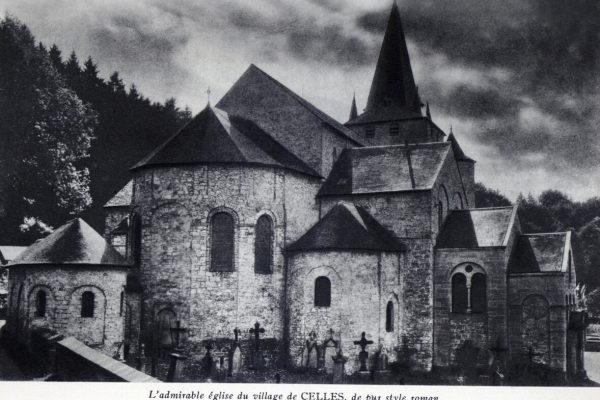
A pivotal part of historical community life, discover the religious heritage that unites our Beautiful Villages.

A Cistercian abbey whose origins date back to 1216 - Exceptional heritage of Wallonia (Outside the village).

Centuries of history have enamelled the Notre-Dame d'Orval Abbey - Exceptional heritage of Wallonia (Outside the village - 13 km)

A 19th century neo-Romanesque building as a promontory above the village of Celles.

Since the 11th century, the collegiate church has displayed its cascading limestone volumes in the heart of the village of Celles - an exceptional heritage of Wallonia.

This 11th century Romanesque church, which has undergone major alterations over the years, is built of limestone, iron sandstone and pudding stone in the grounds of the former cemetery.

A former vicarage dating from 1729, with an elegant volume skilfully enlivened by details in Gobertange stone.

Située au cœur du village, l’église dédiée à saint Léger et édifiée en pierre calcaire a connu, au cours du temps, de nombreuses modifications.

In the enclosure formed by the church and the cemetery, this well-to-do residence stands out in the village thanks to its dominant position, its classical style and the perfect symmetry of its façade.

A blend of Romanesque and Gothic, the Sainte-Colombe church is the only building in the locality to have survived the centuries.
The association Les Plus Beaux Villages de Wallonie (The Most Beautiful Villages of Wallonia) oversees a network of 32 villages, bearers of a strong territorial identity and reflecting traditional architecture. It is committed to promoting the rural, cultural and natural heritage of Wallonia and is a part of the development of local and responsible tourism.
More information